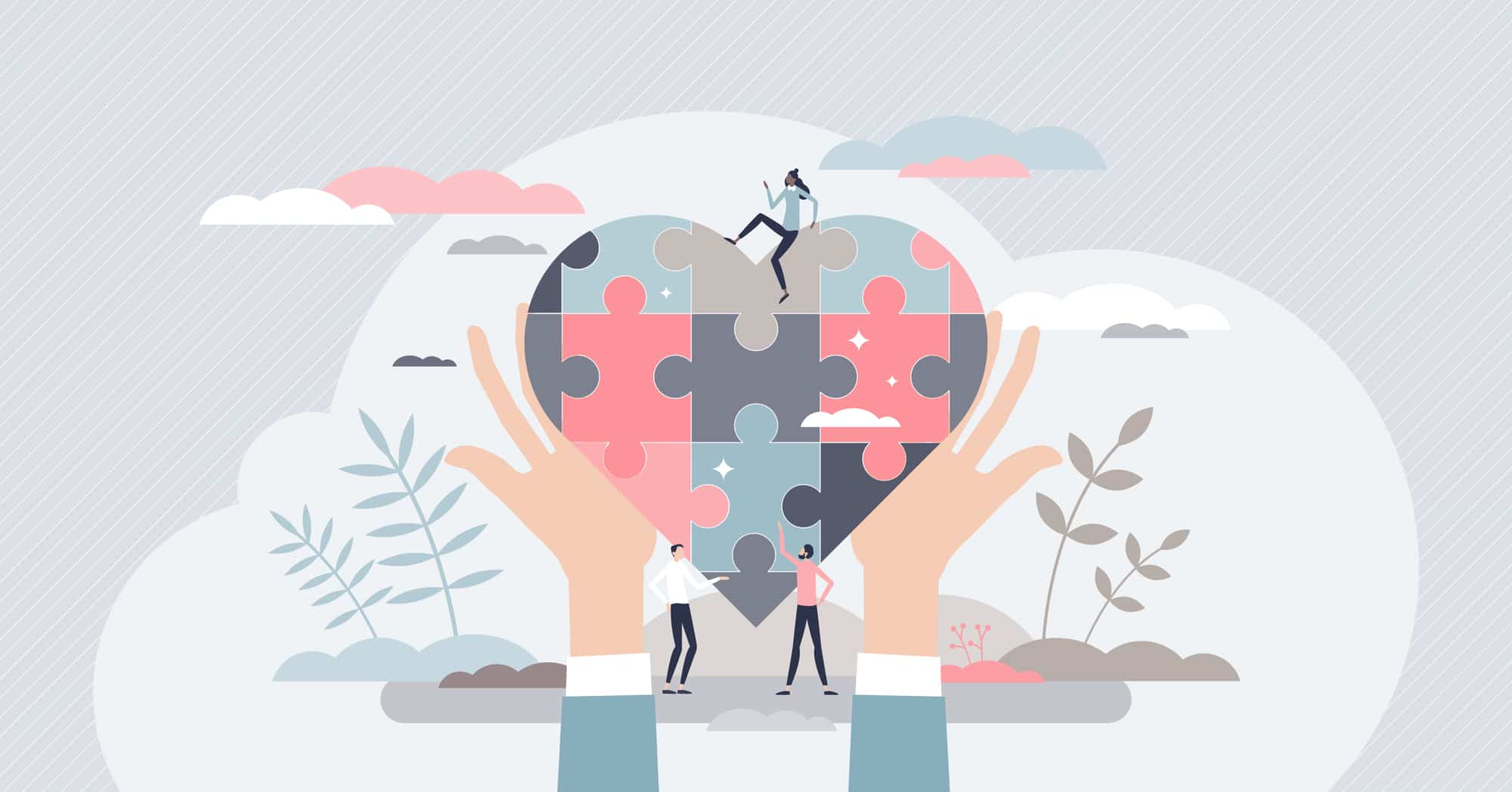There’s no getting around it; taxes are always a hassle no matter what your job is. When you’re more comfortable with a paintbrush than a calculator, the idea of taxes may have you running for the hills. For artists, tax season may bring a heap of unwanted stress and worry. We have several streams of income and have varying expenses from month to month. Inconsistent income makes it difficult to sort out what to report and how.
It can be challenging to figure out how all of that gets sorted when tax season rolls around. If you’re a self-employed artist who’s stressing out about the upcoming tax deadline, we’ve put together a guide to help you this tax season.
The Importance of Tax Planning
While artists excel in the creative world, they often struggle to do something as technical as taxes. You may have thrown away receipts or failed to track purchases you made throughout the year, leaving you guessing your way through your tax filing. However, artists can make tax season easier for them by taking control of their art business.
Before April rolls around, you need to decide how you will classify your business. Is it a business or just a hobby? The IRS differentiates the two in the following ways:
Business: An artist who intends to sell their art and regularly works to turn a profit
Hobby: An artist who makes art without a financial intention
Now that you know which category you fall into, you need to determine whether you can deduct your expenses. If you’re not sure, ask yourself these questions:
- Do you depend on income from your art for your livelihood?
- Has your art turned a profit in recent years/ how much profit?
- Are business losses due to circumstances outside of your control?
- Do your actions show that you are trying to make your business profitable?
- Do you maintain accurate books and records of your business transactions?
- Can you expect to see future profits from your art?
When you’ve managed to answer all these questions, you can move on to tracking your expenses and narrowing down possible tax deductions.
Keep Track of Expenses
It may seem obvious, but accurately tracking your expenses is key to having a pain-free tax season. Many choose to do this by taking photos of receipts and recording the date, time, and purpose of the purchase. When it’s time to fill out deductions, you’ll have all the information you need.
Use a Separate Account for Your Art
The IRS is looking to see that you operate as a business, so you should have separate bank and credit accounts. Avoid mixing personal and business expenses on a single credit card. Keeping these expenses separate makes it much easier to gather expenses and file taxes since you know that everything on those statements is deductible expenses.
Deductible Expenses for Artists
So you’ve kept track of all your expenses, but now you need to know what qualifies as deductible expenses. Here are a few deductible expenses for artists:
Home Office Expenses
If you’re an artist that works out of your home, you may be able to deduct a portion of your mortgage or rent. However, you need to meet the home office requirements as stated by the IRS.
If your home office space is used exclusively for business, this qualifies as a write-off. For artists, this space would be used to store inventory, create art, or receive clients. Additionally, the area should be separate from the existing living space. An art studio that doubles as your living room wouldn’t cut it.
Materials and Supplies
You can’t make art without art supplies, and these don’t come cheap. Thankfully, anything that you use to create artwork can count as an expense. Whether it’s brushes, clay, glaze, watercolors, you can write it off if you use it.
You should also be aware of any depreciable assets that you currently have and use to make artwork. These assets include larger purchases like kilns, computers, cameras, or other large expenses you’ve incurred. You can write these off all in one or over several years.
Travel Expenses
When we say travel expenses, we don’t mean your latest trip to Palm Springs. The travel expenses that qualify as a deductible must directly relate to your business. Are you going out of town for a show? Or are you flying to another city to meet a client? Track all these expenses down to the penny.
If you spend a lot of time driving to and from art shows, keep track of your odometer. You can expense $0.56 a mile anytime you use your vehicle for art-related business.
Website Costs
Most artists have a website or blog that they use to sell and buy art. Your website may serve as a platform to connect with other artists or prospective and returning clients. Whatever the case, you can deduct your website costs. These costs include your hosting, designer or developer fees, subscriptions to web services, or any plug-ins on your website.
NOTE: It’s always good to consult with a tax professional to help you with your taxes. They can help you determine what deductibles you qualify for and help you make informed choices this tax season.
The Downside of Donation – AFYC
Although some artists look to donations for tax write-offs, there are certain downsides to donating their art. These charities expect the artist to contribute the proceeds to the charity, leaving the artist with nothing.
That isn’t the case with Art For Your Cause. AFYC was started to put the starving artist stereotype to rest. If you’re looking for a way to increase your income as an artist while giving back, we encourage you to join the AFYC community. You can gain exposure as an artist while retaining the rights to your work. You’ll also get connected with art collectors worldwide who are interested in finding new up-and-coming talent.
Visit our artist signup page to find out more about opportunities for artists to get the recognition and pay that they deserve.












